In: Robotics, Augmented Reality, and Devices
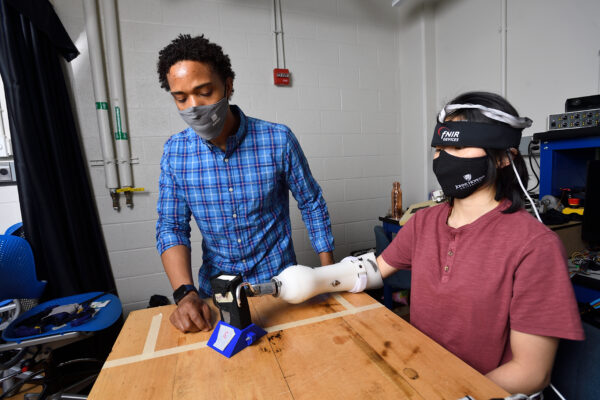
Get a grip: Adding haptics to prosthetic hands eases users’ mental load
- April 15, 2021
- Robotics, Augmented Reality, and Devices
Through neuroimaging, engineers discover that prosthetics that provide haptic sensory feedback lessen the mental energy users expend when using the device.
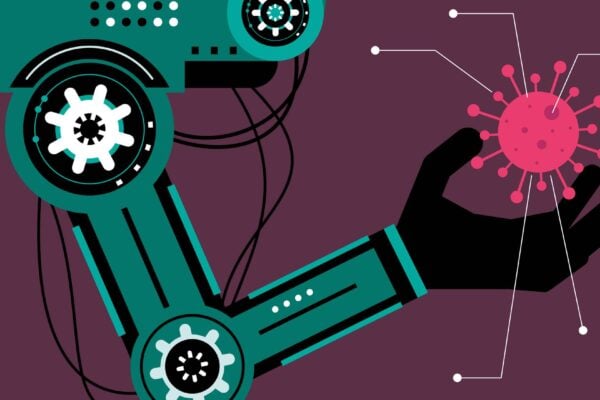
Ready for duty: Health care robots get good prognosis for next pandemic
Robots helped hospitals confront the coronavirus pandemic. What lessons are engineers taking with them as they think about the next generation of health care robots?
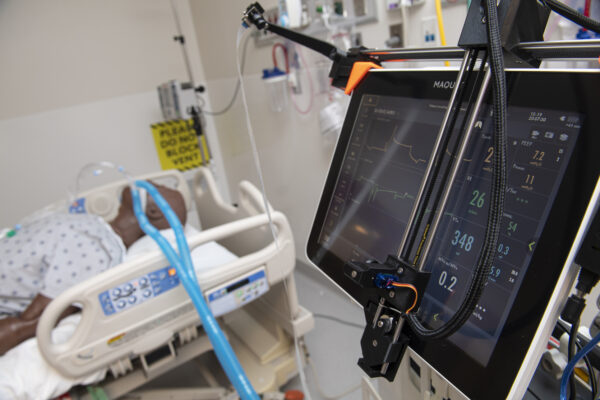
Hopkins ventilator robot wins top prize at UK Robotics Week Challenge
- February 5, 2021
- COVID-19Robotics, Augmented Reality, and Devices
A robotic system created by a team from Johns Hopkins University won the top prize in an international robotics challenge focused on developing solutions for the COVID-19 health crisis and future global pandemics.
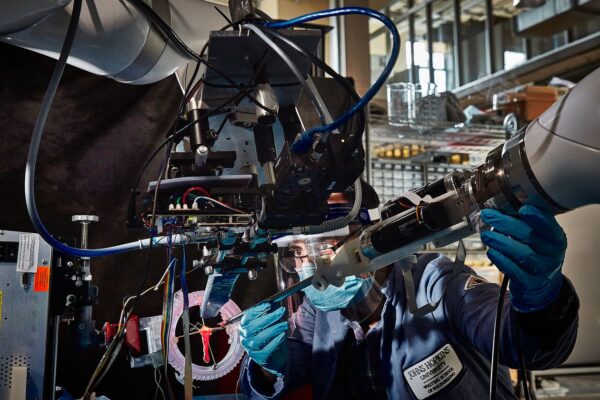
Autonomous robots are coming to the operating room, The Wall Street Journal
- September 14, 2020
- Robotics, Augmented Reality, and Devices
Axel Krieger featured in The Wall Street Journal for new advances in robotic surgery.
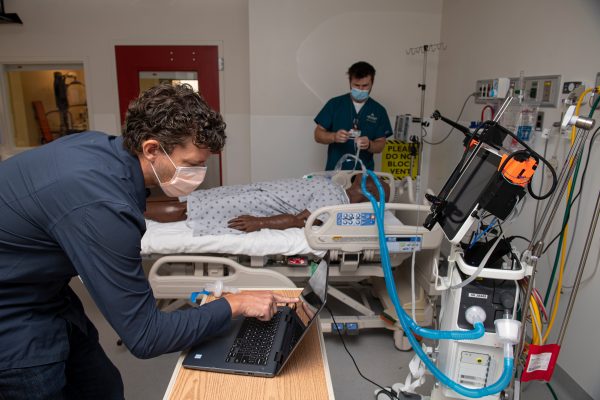
Remote control for COVID-19 patient ventilators
- August 17, 2020
- COVID-19Robotics, Augmented Reality, and Devices
A new robotic system designed by Johns Hopkins researchers may help hospitals preserve protective gear, limit staff exposure to COVID-19, and provide more time for clinical work.
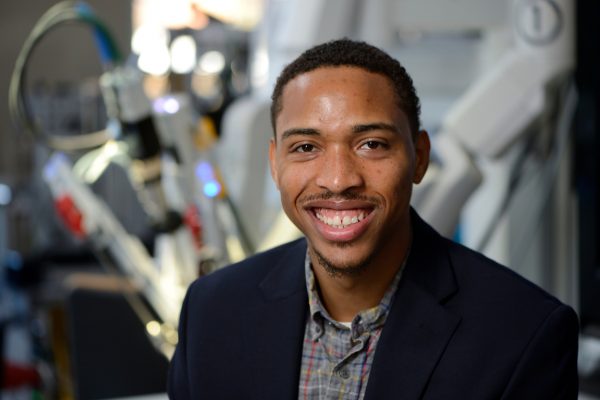
Jeremy D. Brown wins two grants to investigate haptic perception in robotic applications
- July 22, 2020
- Center NewsRobotics, Augmented Reality, and Devices
Grants from the NIH-funded Interdisciplinary Rehabilitation Engineering Research Career Development Program (IREK12) and the National Science Foundation (NSF) will support Brown's research on haptic perception in robotic applications.